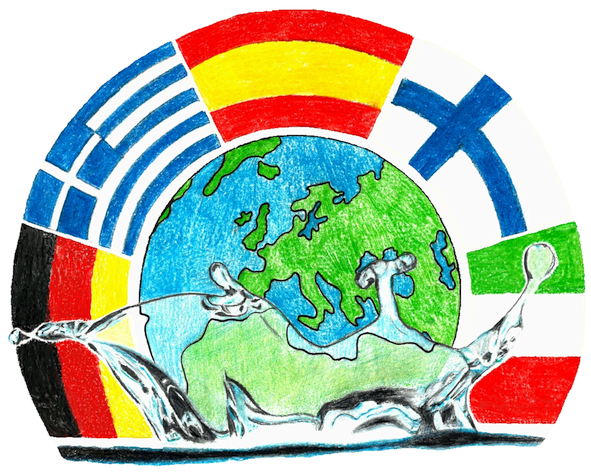Ports (Module 5)
The Finnish partner school, Merenojan koulu, oversees Module 5, “Ports”, which turns to areas that have always been places where people meet to trade goods or exchange ideas, and thus are central to the development of entire regions, although their meaning might have changed over time.
The focus will be put on the location of different ports in the participating regions, taking into account not only their geographical location but also their historical development. Why were our ports founded exactly where they are today? Are there any “vanished” ports in the region? And if so, why were they abandoned? The regions of the respective schools offer numerous illustrative examples, as was already recognized during the previous project.
Following the analysis of the location and development of regional harbours, their importance for the regional and national economy will be analysed. In this context, a focus will be put on the respective purpose (e.g. turnover of goods, fishing, passengers, navy, shipyard). Furthermore, the connection of ports to their hinterland will belooked at, which is occasionally being discussed quite controversially in some regions.
A third aspect is viewing ports as places of cultural exchange: immigration and emigration as well as the multicultural milieu of the cities surrounding the ports will be examined. Here, it is interesting to research reasons for and effects of migration.
With help of this module, the students should be able to
- organise and coordinate the research with external partners such as port authorities, shipowners, logisticians, spatial planners or regional archives and museums.
- work in multinational and multilingual teams.
- research, evaluate, process, and edit the information gained.
- summarise the relevant information for a digital presentation.
- use photo editing software to edit photos in a creative way (cf. module 1).
- work with text and photo editors to create appropriate learning and teaching materials (cf. module 1).
- discuss and exchange relevant information and organise the next stages in the working process.
- split complex tasks into smaller and simpler ones which can then be tackled by individuals or small teams.
- create a presentation with a meaningful structure and a good layout.

